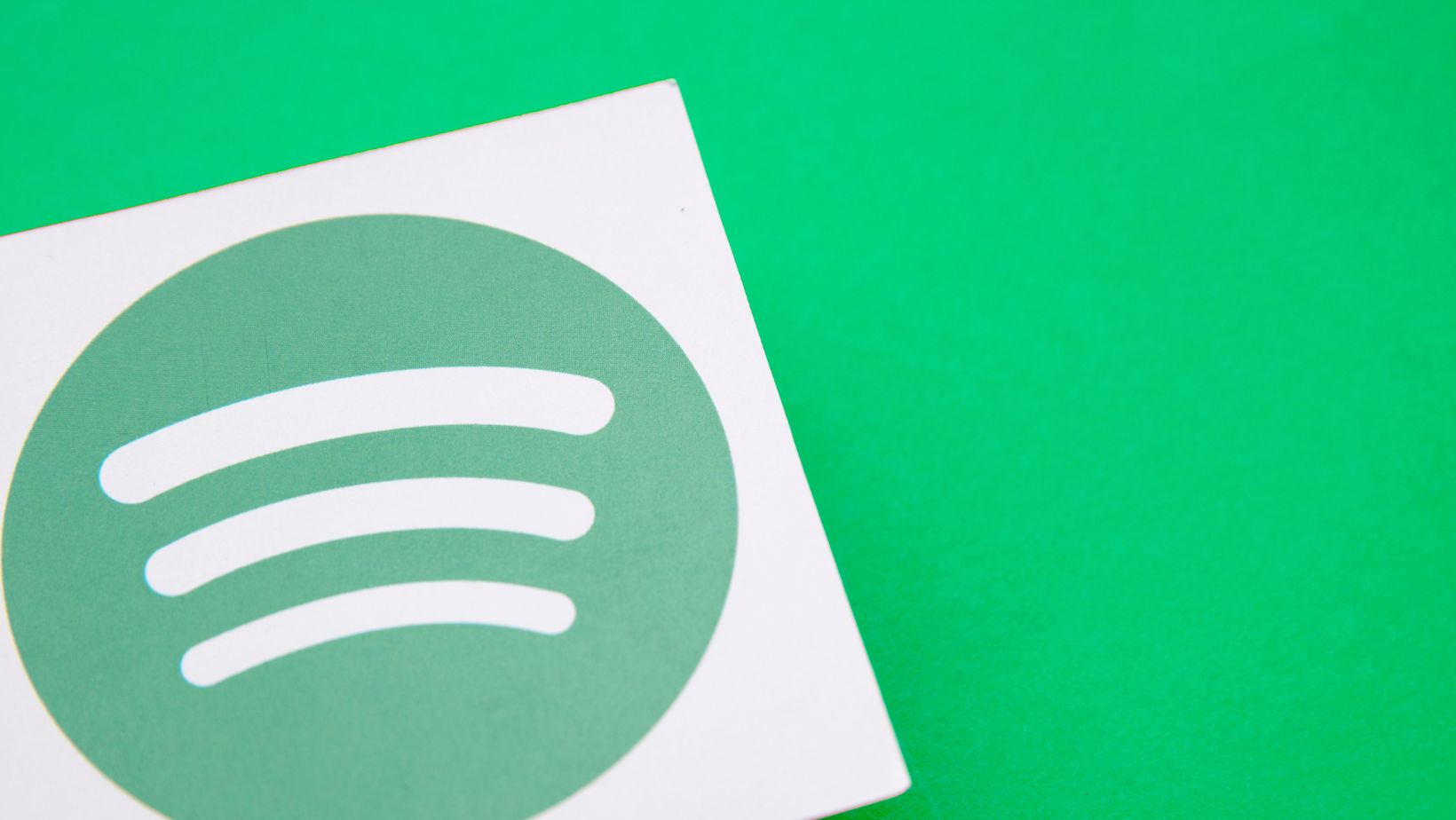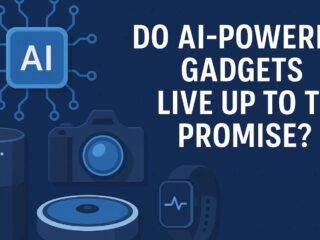
Have you ever found yourself scrolling through Spotify and suddenly coming across a new song you could not stop playing?
If you are an artist or an aspiring musician, you may wonder how this happens. How does Spotify know what I like or what I should listen to next? The answer is simple and complex at the same time- Spotify algorithm.
As the leading streaming platform with users all over the world, we must say Spotify has mastered the art of introducing fresh music through its algorithm. But how does it really work, and how can you make sure your music is part of the mix, too? Let’s find out!
The Spotify Algorithm- An Insight
If you are an artist, it may help to understand how Spotify “listens” to your music. Only then can you optimize your chances of getting discovered.
The algorithm does not just rely on metadata like your song’s title or artist name. It actively analyzes the audio features of your track. Here are some factors you may want to consider.
| Tempo | The speed of the song’s rhythm can determine if it fits into a certain playlist |
| Danceability | This measures how easy it is to dance to your track, considering the rhythm, beat, and tempo. |
| Valence | Is your song happy or sad? The emotional aspects help the algorithm recommend tracks with a similar mood |
| Energy | How intense or energetic is your music? Tracks with high energy might be recommended to users who enjoy upbeat tunes |
| Acoustics and loudness | These factors help determine whether your song belongs on a playlist meant for acoustic, soft listening, or loud music. |
The algorithm uses these audio characteristics to find patterns in songs that listeners tend to enjoy together, thereby making your track more likely to be recommended to the right audience.
Impact of Metadata
When you release your music, make sure the metadata you provide is spot on. This includes details like genre, mood, instruments used, etc. Spotify’s algorithm looks at these tags to categorize your music correctly so that the right people can find it.

If you are using Spotify for Artists, you can pitch your songs directly to the Spotify editorial playlists. It is important to be as accurate as possible when filling out information about your music. If your track is incorrectly tagged, it may get placed in the wrong playlists, which may lead to fewer streams.
Users Engagement Effect
Spotify also analyzes how people interact with your music. Are listeners skipping your track? Are they adding it to their playlists or sharing it on social media? These user engagement signals are highly important.
When your song is added to a playlist by a user, it is a huge indicator to Spotify’s algorithm that your track belongs in a certain context. For instance, if your track is consistently added to playlists that also feature a similar sound or genre, Spotify will start recommending it to more users who like these kinds of tracks.
How is AI Changing the Game
As AI technology evolves, Spotify is constantly improving its algorithm to serve users and artists better. In fact, Spotify recently introduced Spotify DJ, a generative AI DJ that mimics the structure of live radio. This new feature helps diversify recommendations and keeps listeners engaged with personalized music selections.
Moreover, Spotify is exploring reinforcement learning, a technology that enables the algorithm to receive immediate feedback on its recommendations. This means that the more users interact with your music, the better the recommendations will become.
How to Make It to Algorithmic Playlists
If you want to boost your streams on Spotify, it will be helpful to get your songs featured in algorithmic playlists like Release Radar or Discover Weekly. These playlists are driven by user behavior and are usually the highest-performing playlists on Spotify.
The key to getting your music into these playlists is engagement. Encourage your fans, friends, and followers to save and share your music. The more engagement you get, the higher the chances your track will land in a playlist made for other users with similar tastes.

And while you are at it, also consider how you can leverage social media platforms to increase your visibility. Getting your fans to share your Spotify links and engage with your posts will signal to the algorithm that you are an artist worth listening to.
Endnote
To the novice user, the Spotify algorithm may feel like a complex mystery. However, when you understand its inner workings, you have a better chance of getting discovered.
It is important to consider that the algorithm is designed to connect users with music they will love. So, it is up to you to try and experiment and see what works best for you. As Spotify continues to evolve, you must stay active, engage, and make sure you make the kind of music your audience likes.
sources
https://dittomusic.com/en/blog/how-does-spotifys-algorithm-work-streaming-hacks-for-musicians








